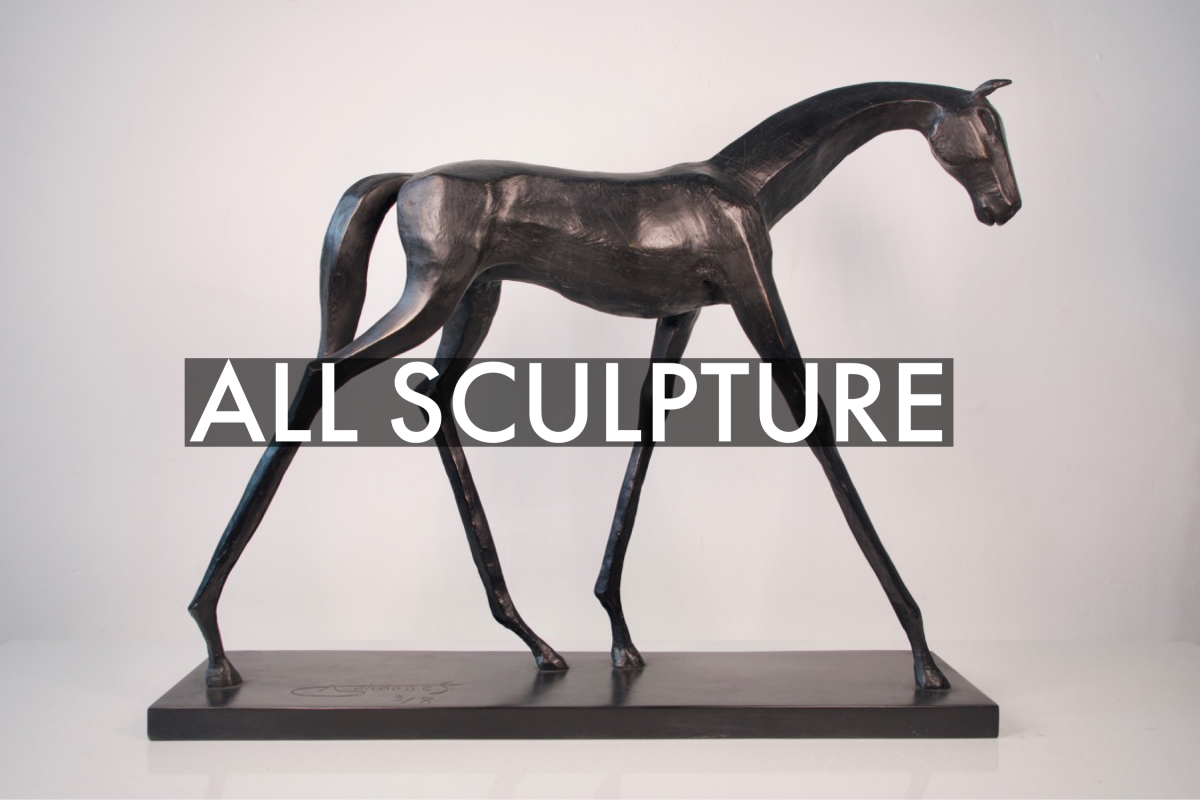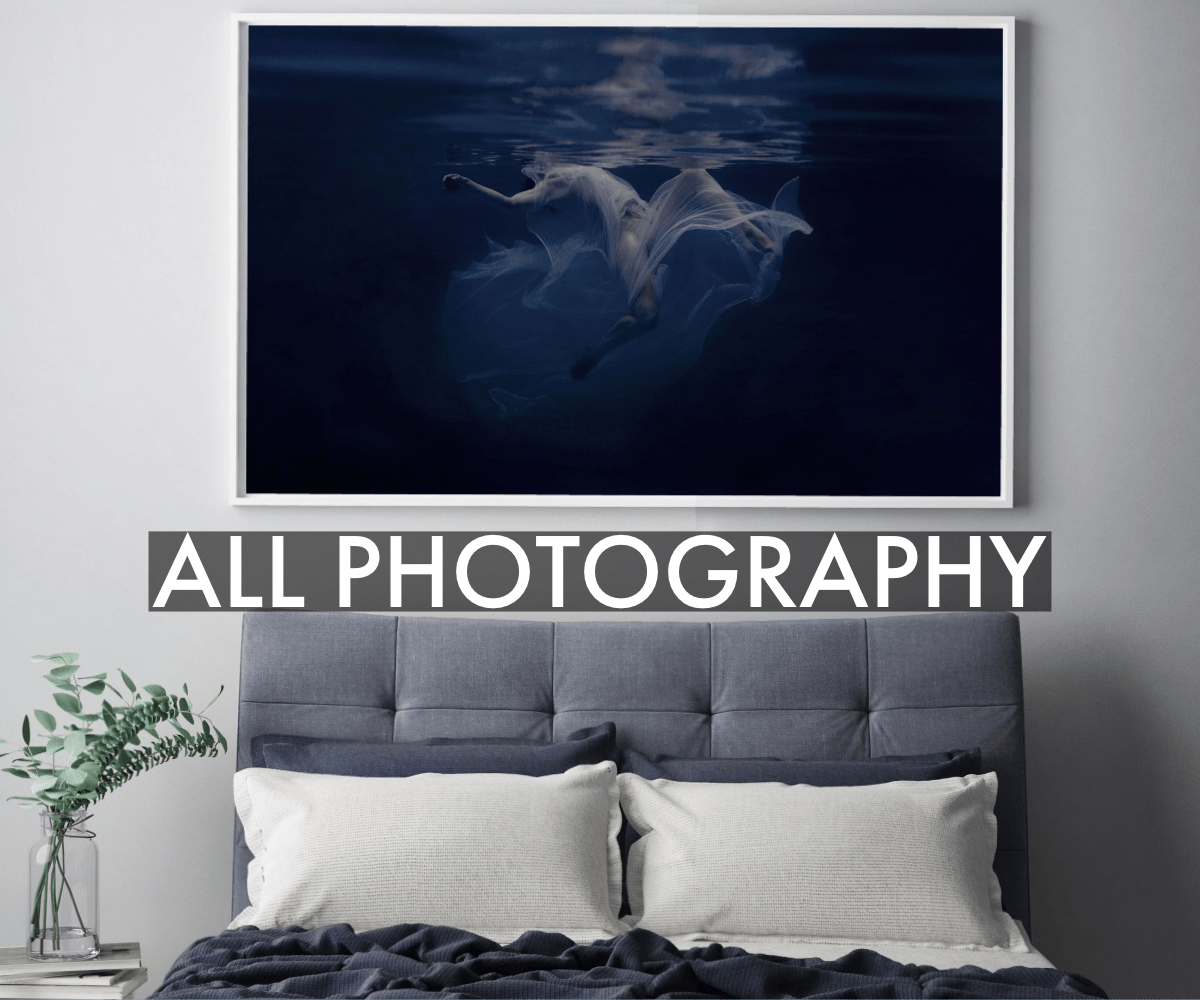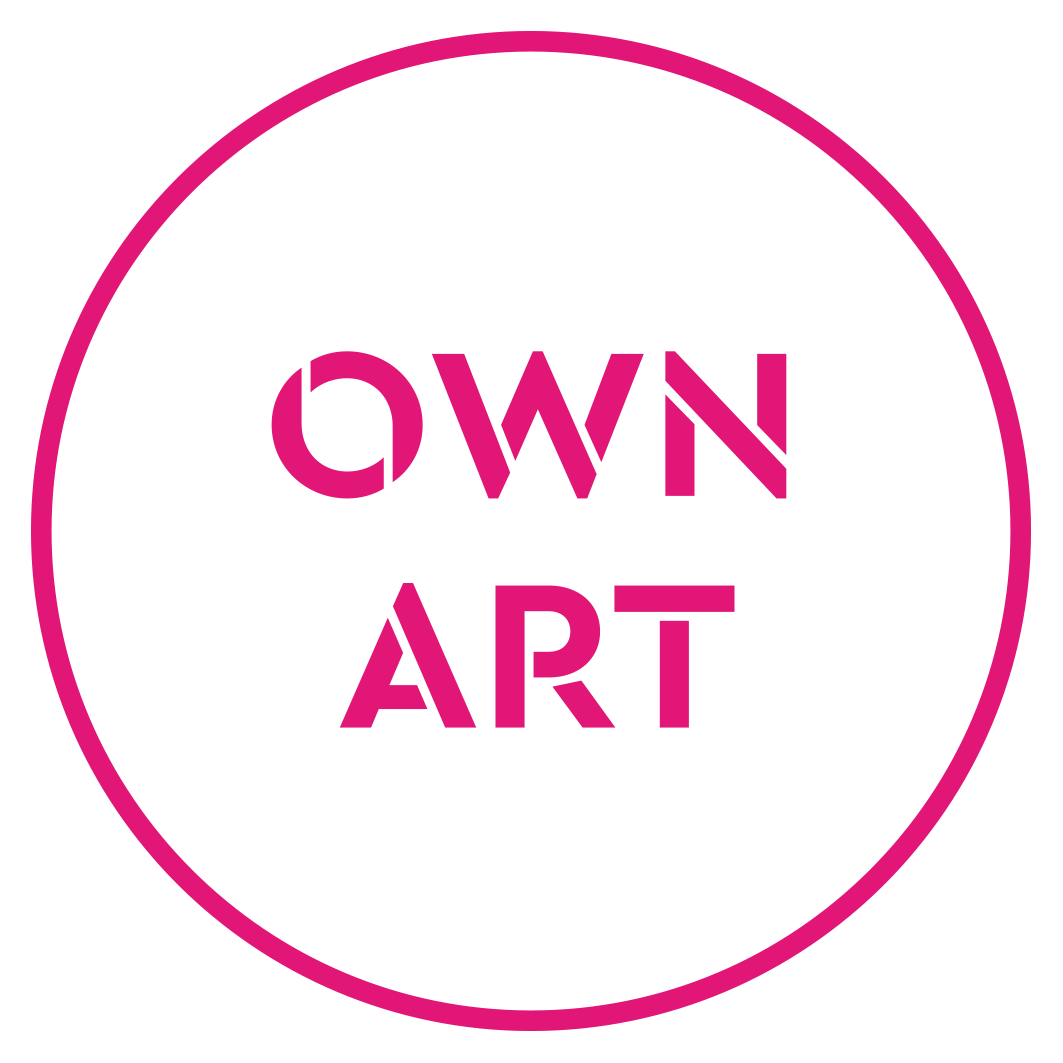Meet the artists that have taken over our Instagram every Thursday in the past month! Showcasing exclusive interviews with Lesley O’Mara, Roya Nozadi, Shaz Fard, and Esther Schnerr.
LESLEY O'MARA

1) Walk me through a typical day in the studio for you?
LO: I wait for the paintings I’m working on to tell me what to do next. Sometimes it takes a while for it to be obvious what a painting needs. I’m usually working on several paintings at a time. I find the abstracts influence the “menagerie” . I enjoy experimenting with different materials. Recently discovered gold acrylic. Love it!
2) What is something viewers might not know about your work?
LO: I painted (human) portraits for many years and one day a friend asked me to paint her dog. That set me off on the “menagerie” series as I love animals. Now I’m an intuitive painter, led by process. Sketching what I’m about to paint just doesn’t work for me. I have to dive right in.
3) What is the most challenging part of your process as an artist and what is most rewarding?
LO: It is so hard to decide when a painting is finished. I have to restrain myself sometimes from going over and over a painting. One painting can turn into several different ones as there are always so many choices to be made about which way to go. It is very rewarding when you feel happy with the final result and especially rewarding to get viewer feedback. It can be very helpful to see what others are picking up in the work.
4) Is there any advice you have for artists/creators during this difficult time?
LO: I would advise artists to try and enjoy the process and not fret about “is this the best it can be”. Painting can be mindful if you can approach it this way, but I think too many of us have a streak of self-doubt and aim for perfection when it’s not necessary. Be satisfied with what is unique about you and your work.
ROYA NOZADI
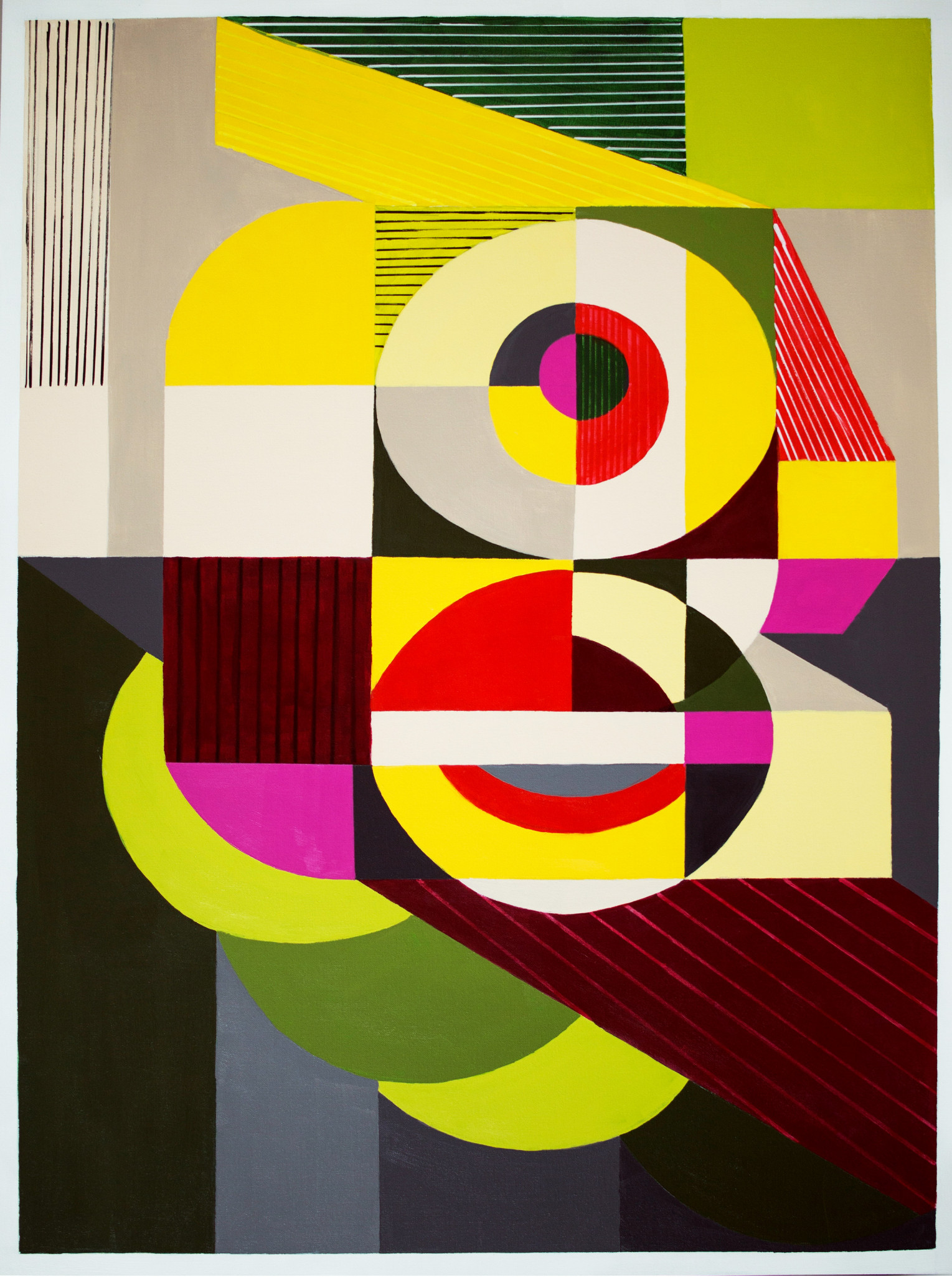
1) Walk me through a typical day in the studio for you?
RN: I start my day with a cup of coffee in my garden, watching birds sing, listening to podcasts and learning about strangers in the world - their concerns, dreams and desires.
2) What is something viewers might not know about your work?
RN: In addition to my paintings, I have recently begun creating artworks in 3D to expand the abstract, minimal and energetic landscapes of my paintings into the physical space of a room.
3) What is the most challenging part of your process as an artist and what is most rewarding?
RN: Getting to that layer of creativity can be challenging, especially if you are hemmed in by the distractions of everyday life. But once you manage to break through it all, the magic happens.
4) Is there any advice you have for artists/creators during this difficult time?
RN: When we are going through a really stressful time in our lives, only art will keep us sane. Through art we gain new insights into the world around us and create new ways of seeing and thinking. We understand one another better through art, so keep creating artwork and watching those around you evolve.
SHAZ FARD

1) Walk me through a typical day in the studio for you?
SF: A typical day is very much an unmistakably cliche 80s montage. Checking mail, Sketching ideas/colours, then applying those ideas to the paintings itself. Prepping the next batch of Canvases with an obnoxiously loud colour for the background. Followed by more painting, finishing and One hit wonders.
2) What is something viewers might not know about your work?
SF: There is a secret painting underneath that no one will ever see.
3) What is the most challenging part of your process as an artist and what is most rewarding?
SF: The most challenging part of the process is overcoming the many ideas and nuances as an artist you would want to include. The trick is to keep it simple. The reward is very much the product - nothing more satisfying than completing a piece.
4) Is there any advice you have for artists/creators during this difficult time?
SF: I would say always invest the time you have efficiently. If something is not working try another Avenue. There are many roads in which artists can apply their creativity. Keep creating content and consider multiple platforms.
ESTHER SCHNERR
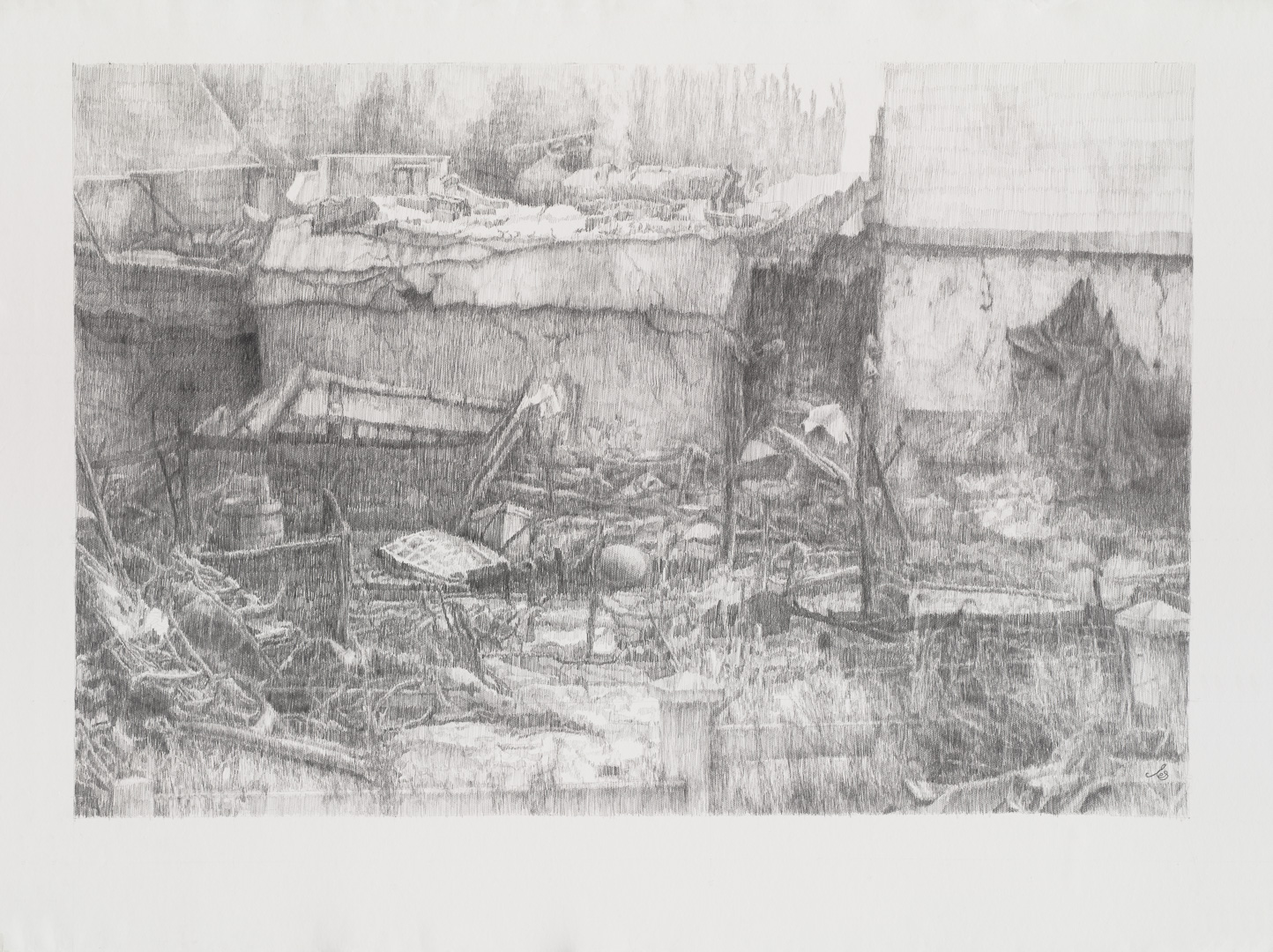
1) Walk me through a typical day in the studio for you?
ES: My studio is located in a second house, about 150 km from our home. I go there for 3 or 4 days and then I am working from early in the morning till late at night. Everything mixed together: drawing, watercolour, painting... I love it all. I have to be very tidy because otherwise even this space (110 square meters) is not big enough
2) What is something viewers might not know about your work?
ES: That it is never reality. It is a view of reality; a collage or a fantasy, possibly based on existing material, but as soon as I start, my hand takes over and the basic idea is lost.
3) What is the most challenging part of your process as an artist and what is most rewarding?
ES: Rewarding! Definitely the moment I see that it’s finished and it’s good. Challenging for now and forever: depicting the idea or the picture in my head. I see a flaring glow of bussfire, but it takes 4 months before I can make something that looks like it on paper.
4) Is there any advice you have for artists/creators during this difficult time?
ES: Try, try, try… over and over again. Don’t give up.


